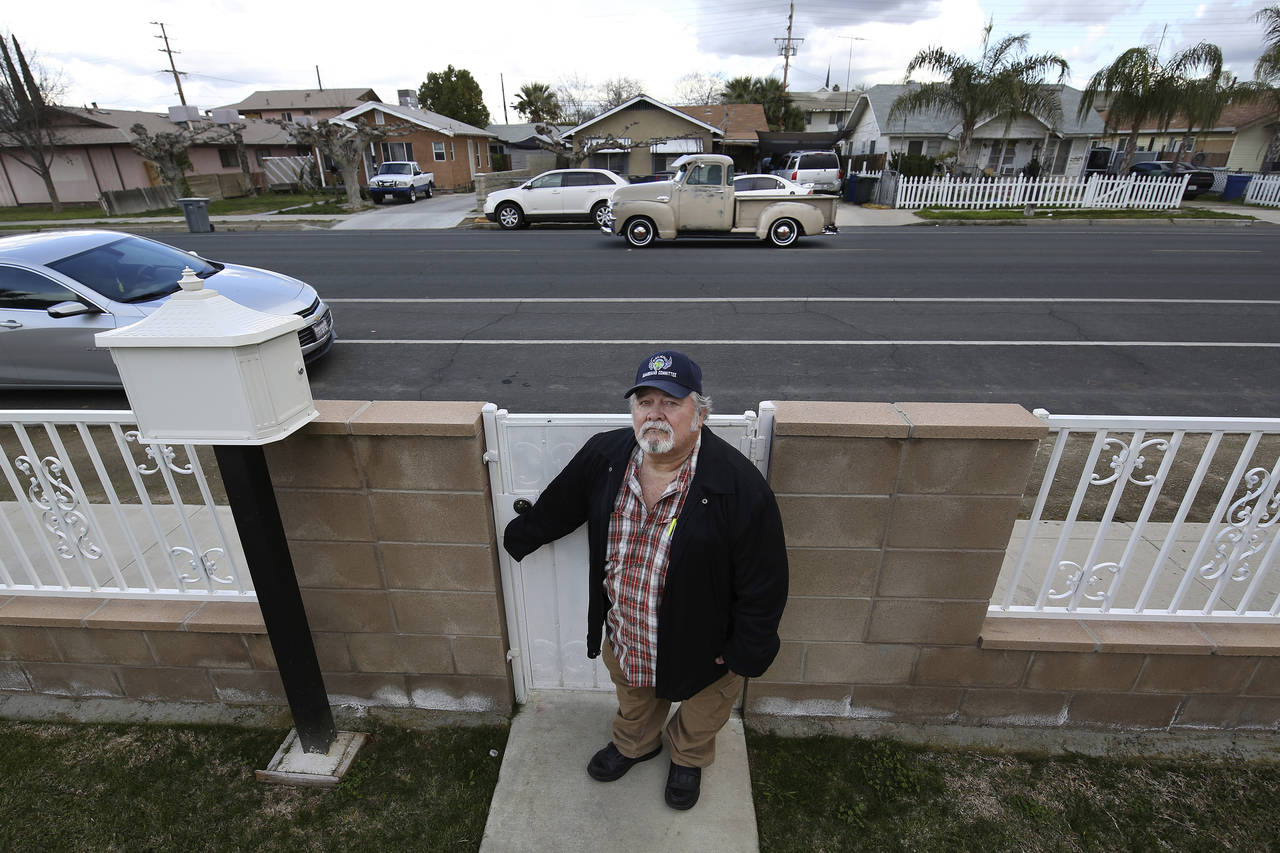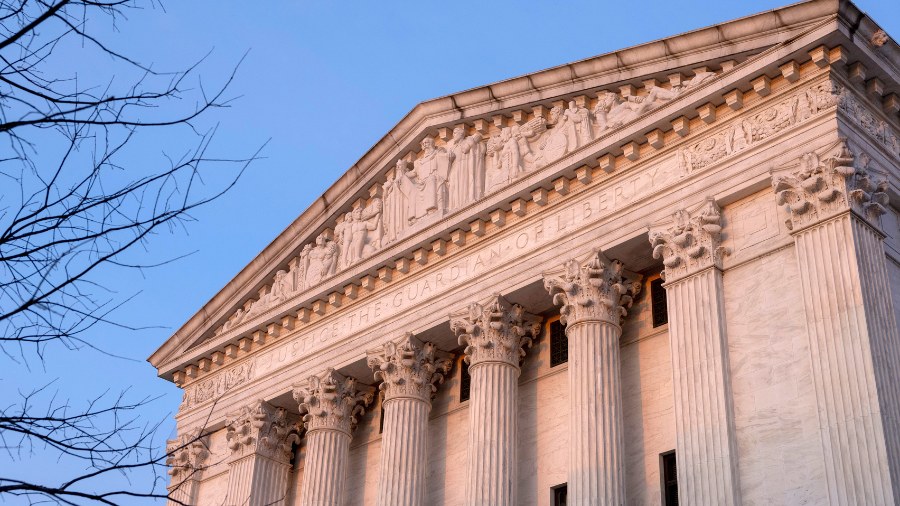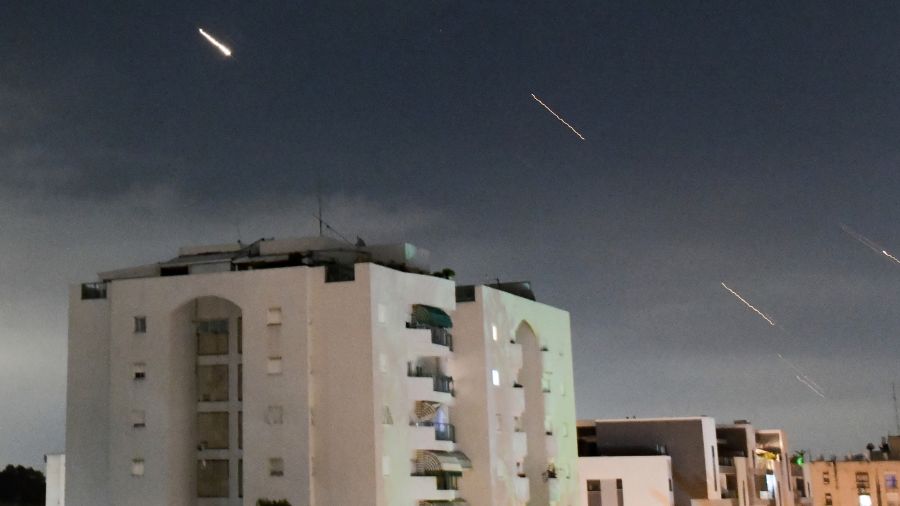Pipeline debate at center of California carbon capture plans
Feb 24, 2023, 3:01 PM | Updated: Feb 28, 2023, 4:21 am

Lupe Martinez, an activist and former farmworker, poses for a photo at his home in Delano, Calif., on Sunday, Feb. 5, 2023. California's plan to eliminate its carbon emissions by 2045 relies heavily on capturing carbon and removing it from the air, but legislators' concerns about safely transporting the climate-warming gas through pipelines may slow progress on a plan that's just getting started. Martinez doesn’t believe pipelines are safe and worries what will happen as developers target the region for carbon storage. (AP Photo/Gary Kazanjian)
(AP Photo/Gary Kazanjian)
SACRAMENTO, Calif. (AP) — In its latest ambitious roadmap to tackle climate change, California relies on capturing carbon out of the air and storing it deep underground on a scale that’s not yet been seen in the United States.
The plan — advanced by Democratic Gov. Gavin Newsom’s administration — comes just as the Biden administration has boosted incentives for carbon capture projects in an effort to spur more development nationwide. Ratcheting up 20 years of climate efforts, Newsom last year signed a law requiring California to remove as much carbon from the air as it emits by 2045 — one of the world’s fastest timelines for achieving so-called carbon neutrality. He directed the powerful California Air Resources Board to drastically reduce the use of fossil fuels and build massive amounts of carbon dioxide capture and storage.
To achieve its climate goals, California must rapidly transform an economy that’s larger than most nations, but fierce opposition to carbon capture from environmental groups and concerns about how to safely transport the gas may delay progress — practical and political obstacles the Democratic-led Legislature must now navigate.
Last year, the California state legislature passed a law that says no carbon dioxide may flow through new pipelines until the federal government finishes writing stronger safety regulations, a process that could take years. As a potential backup, the law directed the California Natural Resources Agency to write its own pipeline standards for lawmakers to consider, a report now more than three weeks overdue.
While there are other ways to transport carbon dioxide gas besides pipelines, such as trucks or ships, pipelines are considered key to making carbon capture happen at the level California envisions. Newsom said the state must capture 100 million metric tons of carbon each year by 2045 — about a quarter of what the state now emits annually.
“We do not expect to see (carbon capture and storage) happen at a large scale unless we are able to address that pipeline issue,” said Rajinder Sahota, deputy executive officer for climate change and research at the air board.
State Sen. Anna Caballero, who authored the carbon capture legislation, said the state’s goal will be to create a safety framework that’s even more robust than what the federal government will develop. But she downplayed any urgent need to move forward with pipeline rules, saying smaller projects that don’t require movement over long distances can start in the meantime.
“We don’t need pipelines across different properties right now,” she said.
Last year’s Inflation Reduction Act increases federal funding for carbon capture, boosting payouts from $50 to $85 per ton for capturing carbon dioxide from industrial plants and storing it underground. There are also federal grants and state incentives.
Without clarity on the state’s pipeline plans, the state is putting itself at a “competitive disadvantage” when it comes to attracting projects, said Sam Brown, a former attorney at the Environmental Protection Agency and partner at law firm Hunton Andrews Kurth.
If the pipeline moratorium slows projects for three or four years, Brown said, “why would you put your money into those projects in California when you can do it in Texas or Louisiana or somewhere else?”
The geology for storing carbon dioxide gas is rare, but California has it in parts of the Central Valley, a vast expanse of agricultural land running down the center of the state.
Oil and gas company California Resources Corp. is developing a project there to create hydrogen. It plans to capture carbon from that hydrogen facility and the natural gas plant that powers it. The carbon dioxide would then be stored in an old oil field. That doesn’t require special pipeline approval because it’s all happening within the company’s property.
But the company also wants to store emissions from other industries like manufacturing and transportation. Transporting that would rely on pipelines that can’t be built yet.
“These are parts of the economy that have to be decarbonized,” said Chris Gould, the company’s executive vice president and chief sustainability officer. “It makes economic sense to do it.”
Safety concerns increased in 2020 after a pipeline in Mississippi ruptured in a landslide, releasing a heavier-than-air plume of carbon dioxide that displaced oxygen near the ground. Forty-five people were treated at a hospital, and several lost consciousness. There are thousands of miles of carbon dioxide pipelines operating across the country and industry proponents call the event an anomaly. But the Mississippi rupture prompted federal regulators to explore tightening the existing rules for carbon pipelines.
Lupe Martinez, who lives in California’s Kern County, worries what will happen as developers target the region for carbon storage.
He used to spray fields with pesticides without protective equipment. On windy days, he’d be soaked in chemicals. Martinez, who watched some of his fellow workers later fight cancer, says he was lied to about safety then and doesn’t believe promises that carbon capture is safe now.
“They treat us like guinea pigs,” said Martinez, a longtime labor activist.
The oil and gas industry’s emissions are a main cause of climate change and in the past the industry undermined sound evidence that greenhouse gases are deeply disturbing the climate. Now carbon capture — unproven as a major climate solution — will help the industry keep polluting in places that are already heavily polluted, environmentalists argue. Instead of shutting down fossil fuel plants, carbon capture will increase their profits and extend their life, said Catherine Garoupa, executive director of the Central Valley Air Quality Coalition.
But advocates of carbon capture say it’s essential for Kern County oil and gas companies to find new ways to make money and keep people employed as California moves away from fossil fuels, an industry that is the “very fabric” of the region’s identity, said Lorelei Oviatt, director of Kern County Planning and Natural Resources.
Without a new revenue source like carbon capture, “Kern County will be the next Gary, Indiana,” she said, referring to the rust belt’s years-ago collapse.
There are currently no active carbon capture projects in California. To demonstrate the technology is viable and people can get permits for it, it’s essential to build the first projects, said George Peridas, director of carbon management partnerships at Lawrence Livermore National Laboratories.
Peridas said one area with potential to store carbon dioxide is the Sacramento-San Joaquin River Delta, a vast estuary on the western edge of the Central Valley that’s a vital source of drinking water and an ecologically sensitive home to hundreds of species.
A levee-ringed island of farmland in the region that’s nearly half the size of Manhattan would be an ideal place for storing carbon dioxide safely, Peridas said.
Tom Zuckerman, who represents the islands’ owners on the project and is an owner himself, recently submitted a federal permit application for a project to capture emissions from an ethanol plant in Stockton, ship it by barge nearly 10 miles down the San Joaquin River and sequester it deep beneath the island. The project doesn’t need a pipeline so it isn’t affected by the ban. He hopes it will be up and running in a few years.
“If we are going to be doing much of significance about reducing greenhouse gases in this country, areas like this are going to be critical,” Zuckerman said.
___
Phillis reported from St. Louis.
___
The Associated Press receives support from the Walton Family Foundation for coverage of water and environmental policy. The AP is solely responsible for all content. For all of AP’s environmental coverage, visit https://apnews.com/hub/climate-and-environment
Copyright © The Associated Press. All rights reserved. This material may not be published, broadcast, rewritten or redistributed.















